We welcomed A LOT of friends/family this summer and fall, with the culmination being Justin’s mom (and her friend) specifically timed with Justin’s bday. (For the record, our friend Sarah made this sign for Justin since I am so terrible at creating bday fanfare).
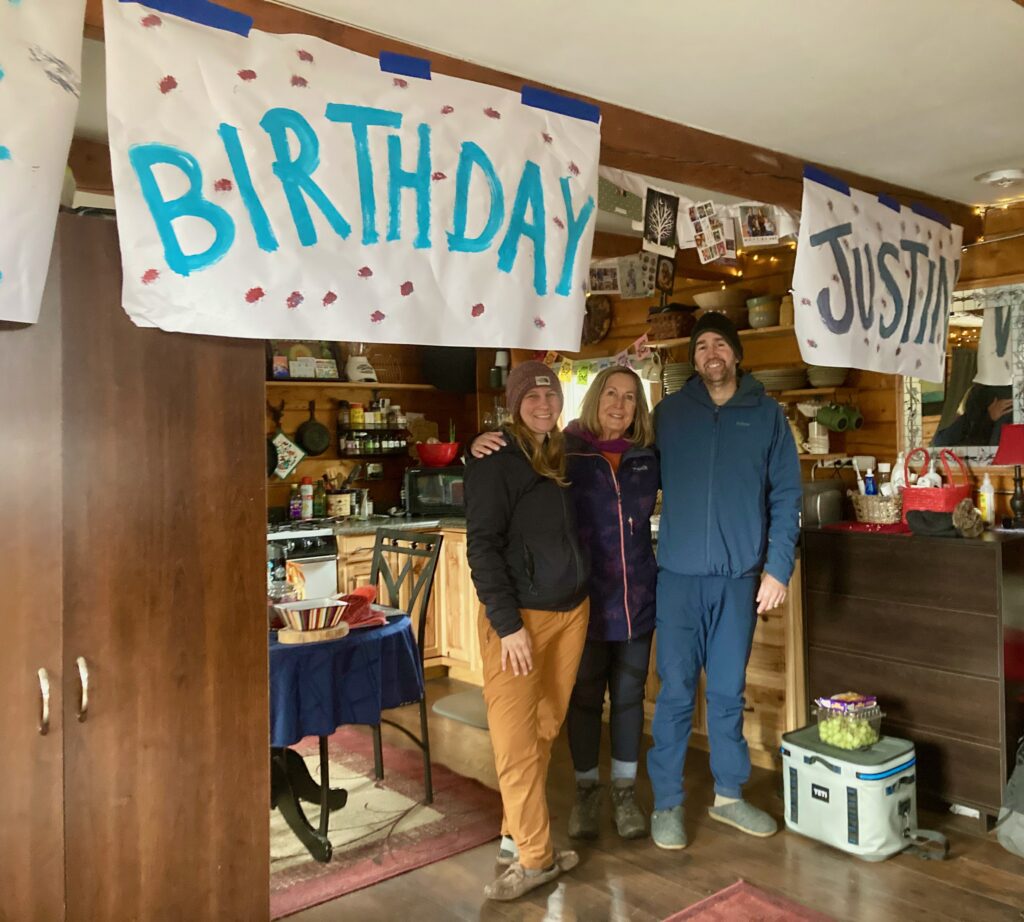
The selfish perk of having visitors is the excuse to check off another bucket list destination in Alaska. Since we scheduled to pick them up from the airport in Anchorage, it made sense to begin our journey playing tourists. Enter: Whittier.
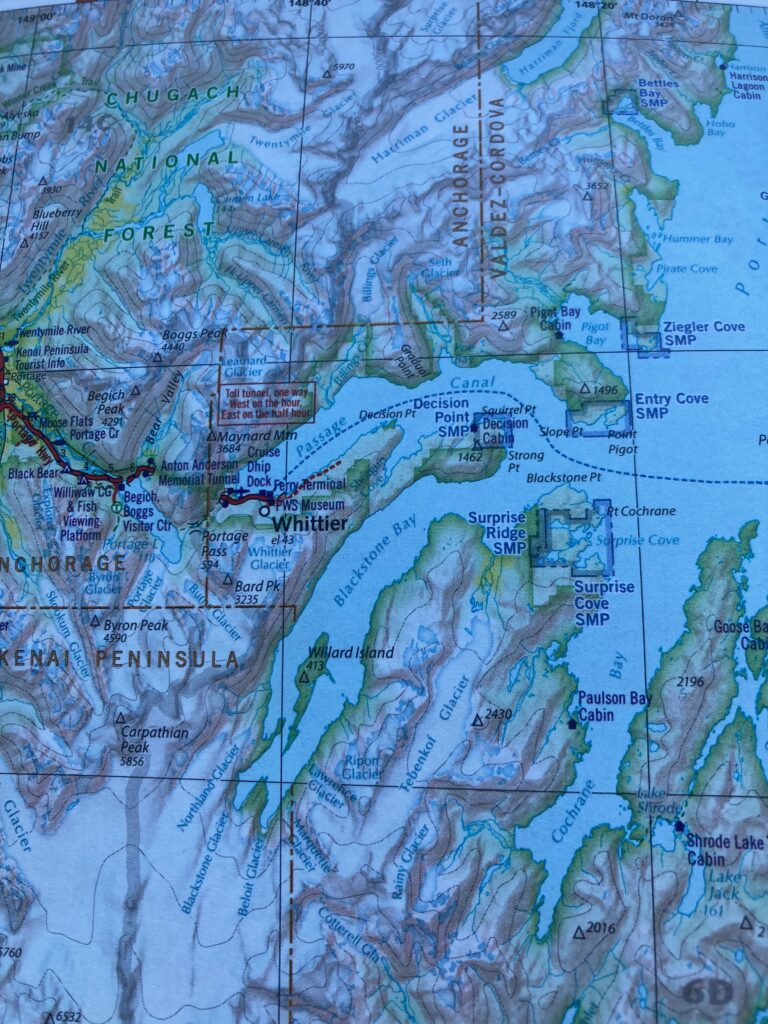
I’ve been fascinated by Whittier in Southeast Alaska because of its one-way mixed-use rail/road tunnel. Whittier used to only be accessible by rail from 1943-1990, but now the accessing tunnel alternates between car and train traffic every 15 minutes. Even emergency services have to adhere to the schedule! At 2.5 miles long, and only one-way, it’s slightly suffocating, but wild!
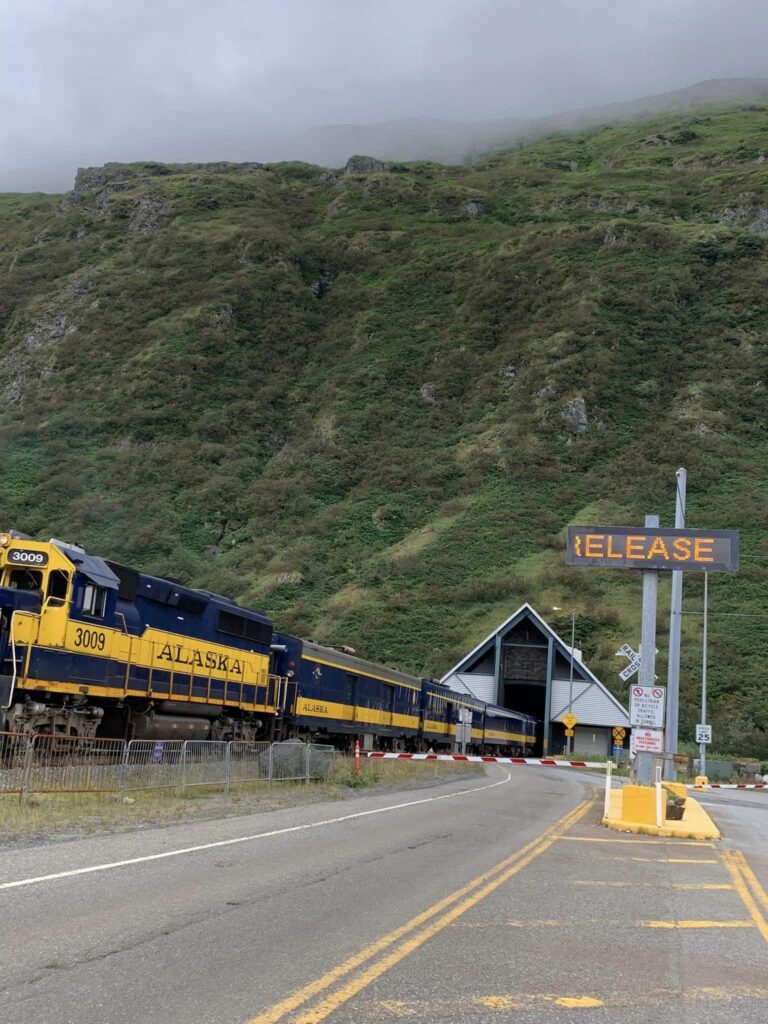
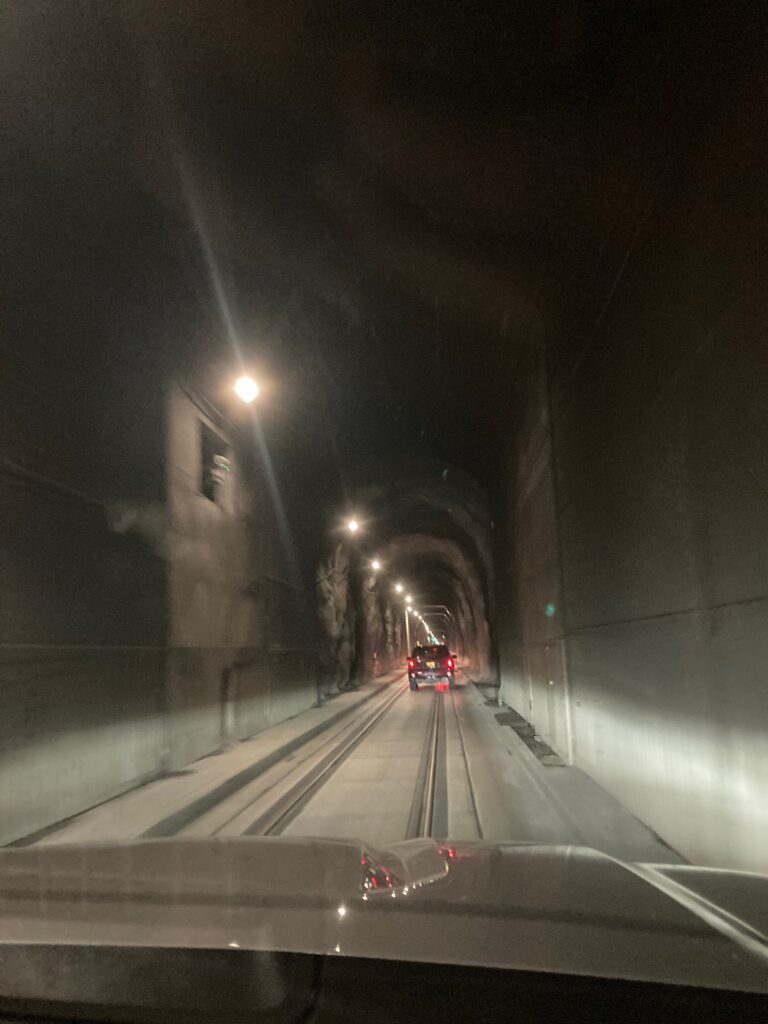
What waits on the other side of the tunnel is Whittier, the wettest city in Alaska with an average 16 feet of rain and 20 feet of snow. There’s a saying that goes something like this: The weather is always shittier in Whittier.
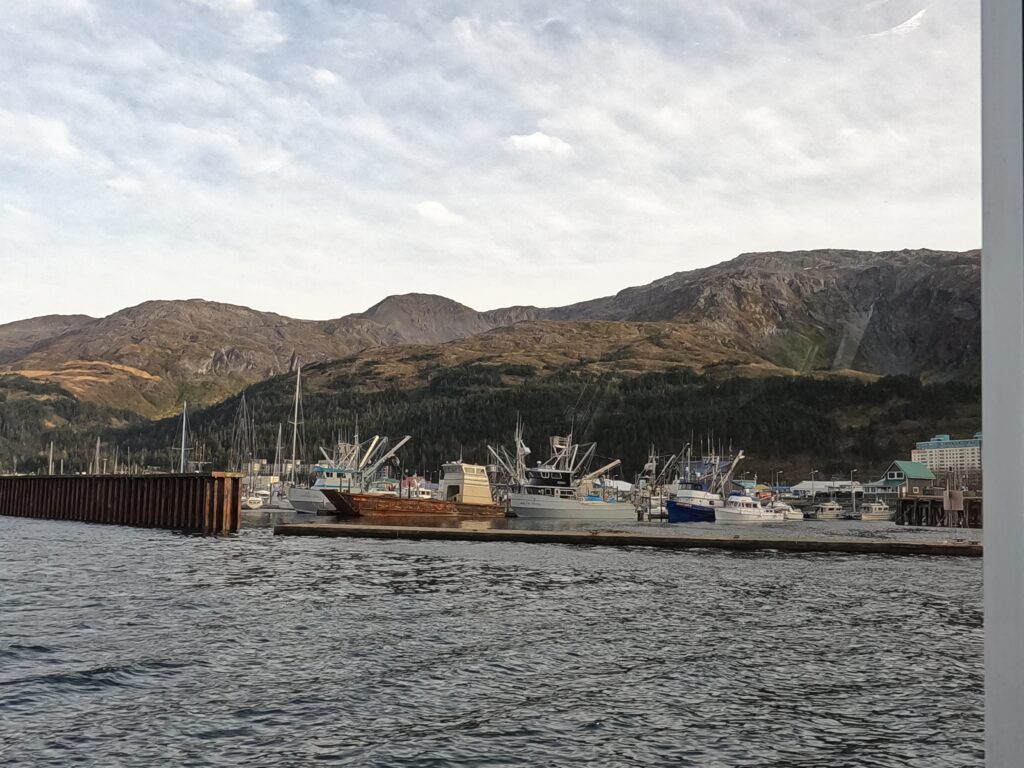
If that’s not enough, the 250+ people who reside there live in ONE behemoth of a structure, literally a “town under one roof” that includes the post office, grocery store, doctors, school and living quarters connected by bunker-style underground passages. If I’m being honest, it feels like a place severed from the outside world that you only see depicted in a cheap horror movie.
Quick history lesson: Whittier was constructed as a port for petroleum and other cargo during WWII because it’s deep water and doesn’t freeze. As I insinuated, cloud coverage is near constant, which protected them from air strikes. Within the 96 acres of land, there were 2 large concrete buildings built for army purposes in the 1950s: the 14-story Hodge Building/Begich Towers and the 6-story Buckner Building. The Hodge Building/Begich Towers was the original headquarters for the army operations, while the Buckner was where 1000+ soldiers lived (as well as other wooden buildings). The port remained active as an Army facility until 1960, then Whittier was incorporated as a city in 1969. With the Buckner Building abandoned since the late 1960s, the Begich Towers remains as the “city complex.” And nowadays, most of the residents work for the railroad, tourism industry, the port (cruises and the state ferry dock in Whittier, and 30% of barge freight comes through there) and of course fishing (commercial & sport)!! There’s an unbelievable museum in Whittier that is worth visiting to learn more.
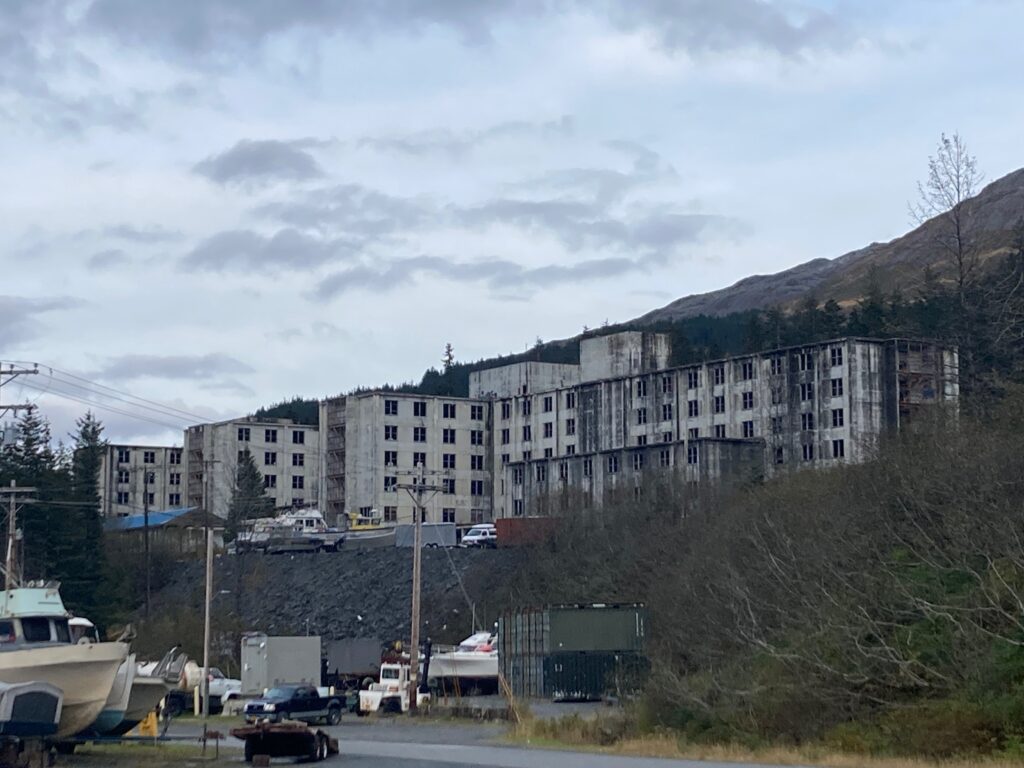
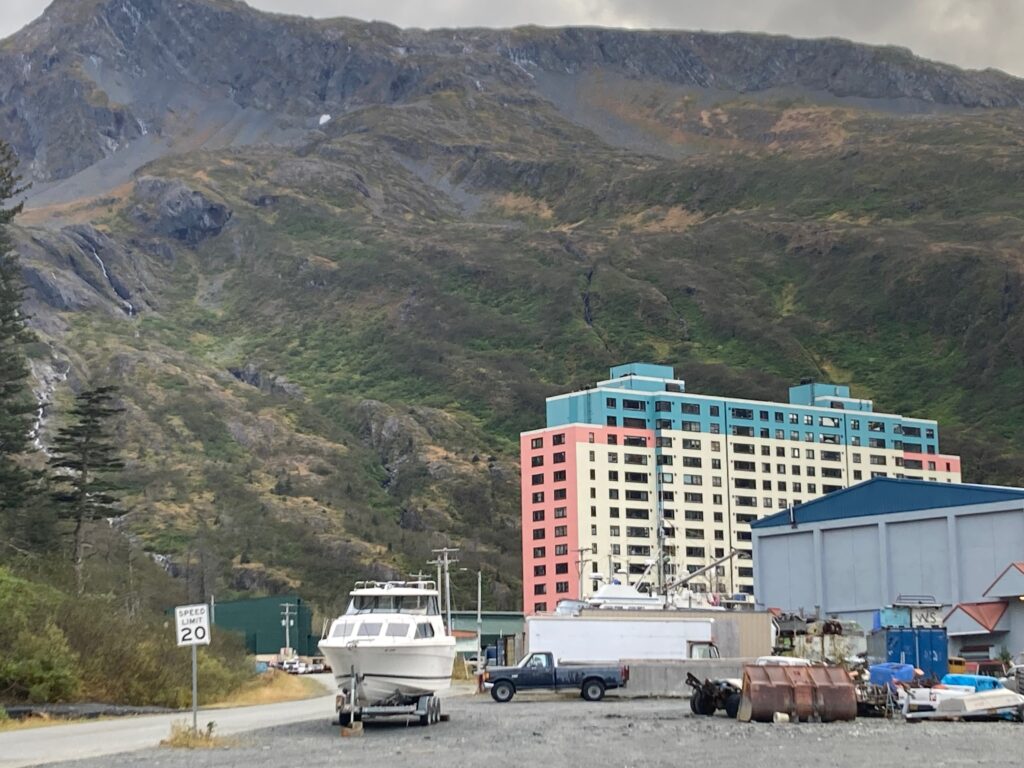
Our purpose—aside from driving through the zany tunnel—was to take a day cruise to see more magnificent glaciers! If you look beyond weather, the Prince William Sound stands as another captivating—yet somewhat hard-to-reach—gem. In a stroke of good luck, our visit coincided with one of maybe 18 days when the sun graced the area with its presence. Our off-season 3.5-hour boat ride took us into Blackstone Bay and got up close and personal with 2 tidewater glaciers: Beloit & Blackstone. Beloit’s floating ice fragments were a stunning sight. To sweeten the deal, there was a whole raft of sea lions chatting it up and fighting for space in the middle of the water.
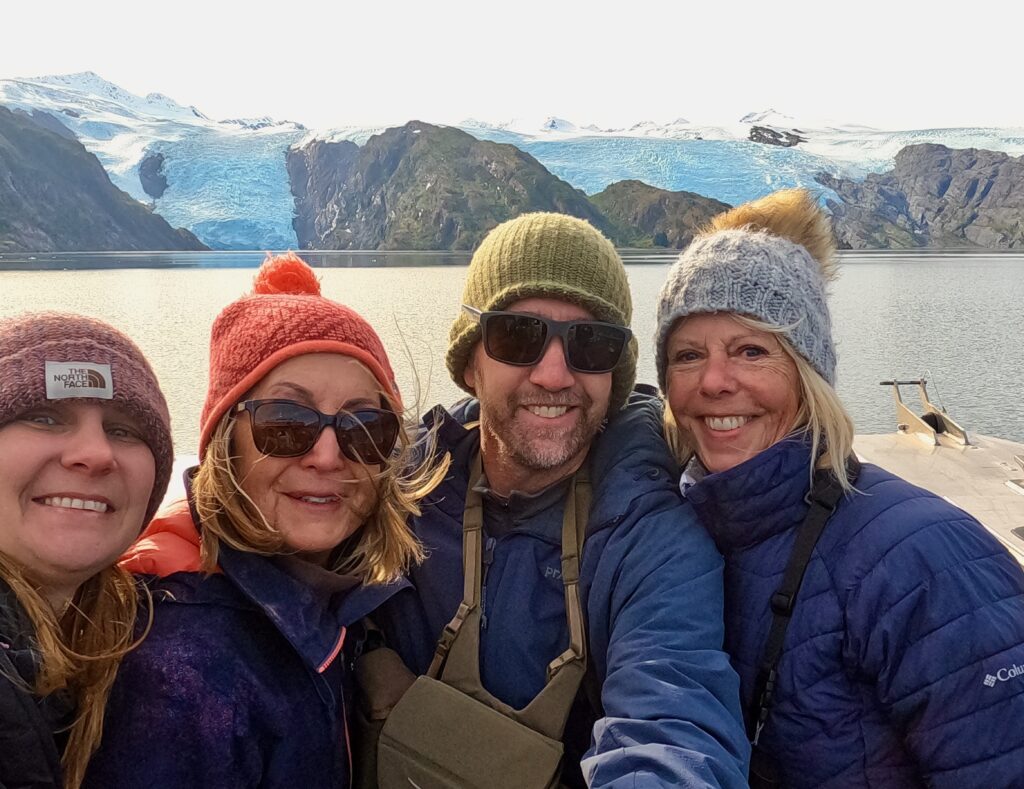
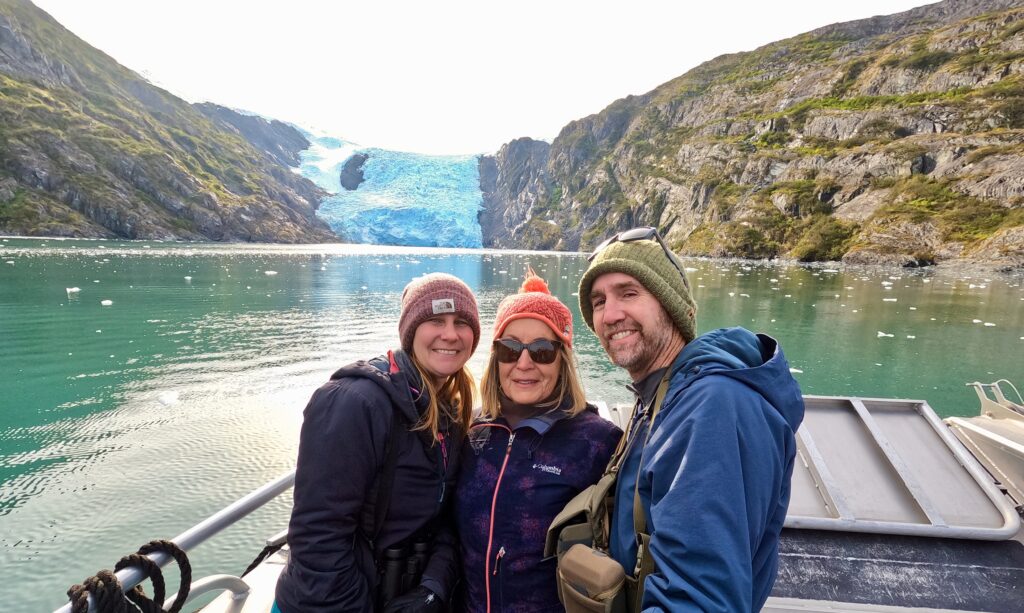
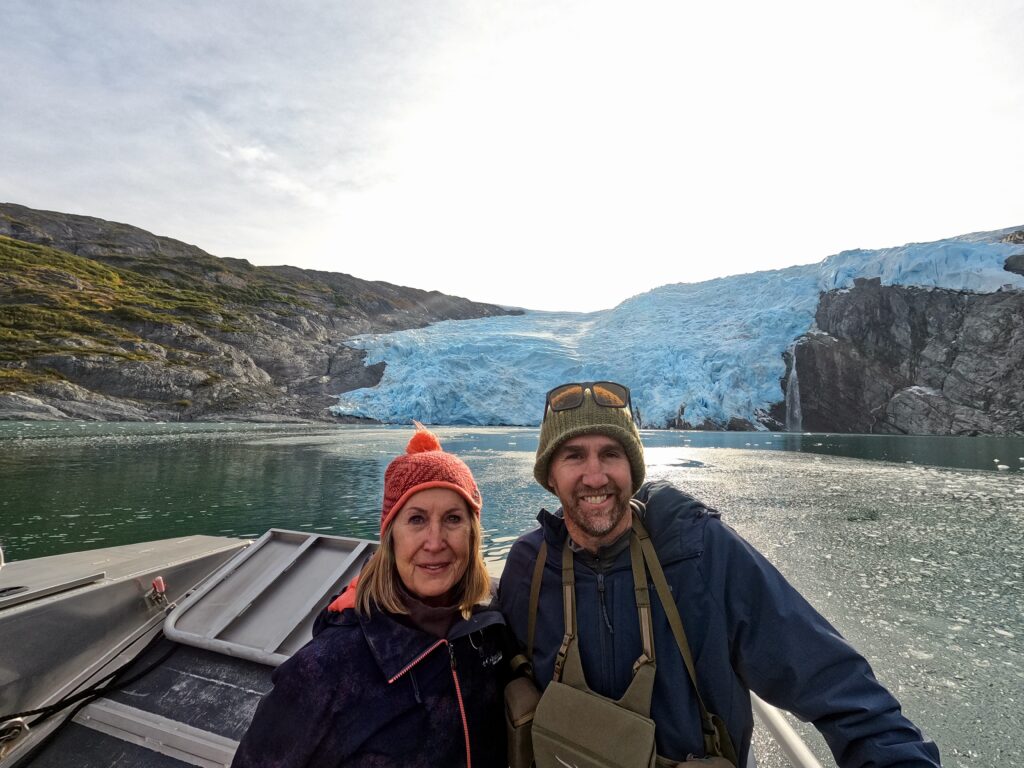
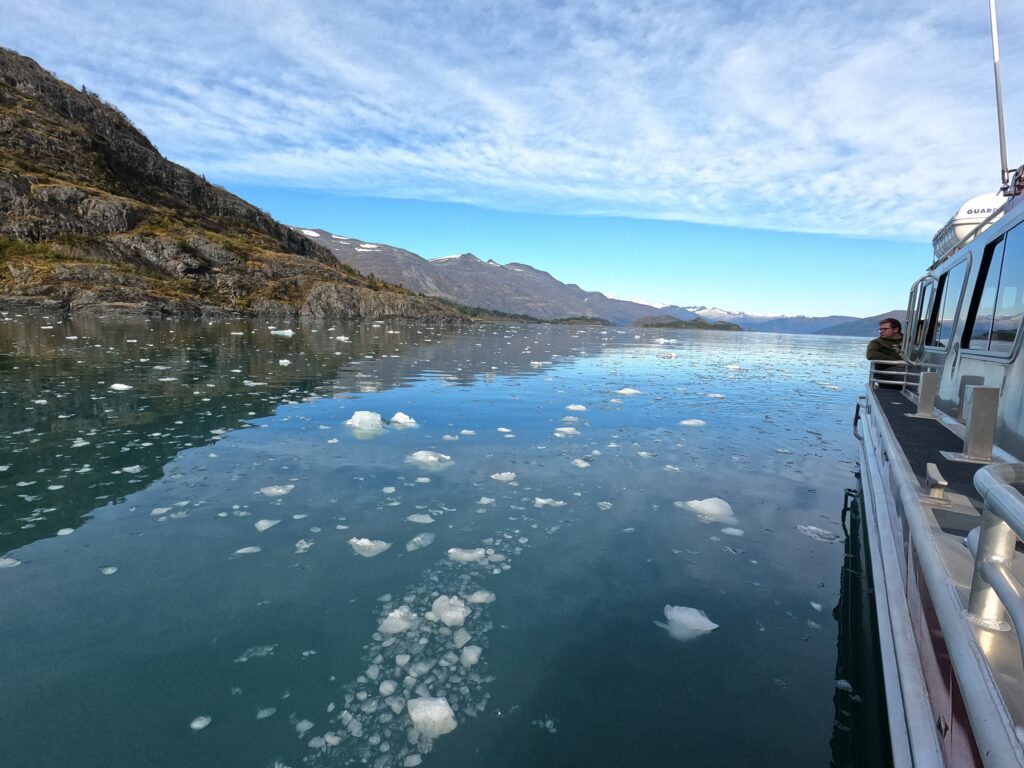
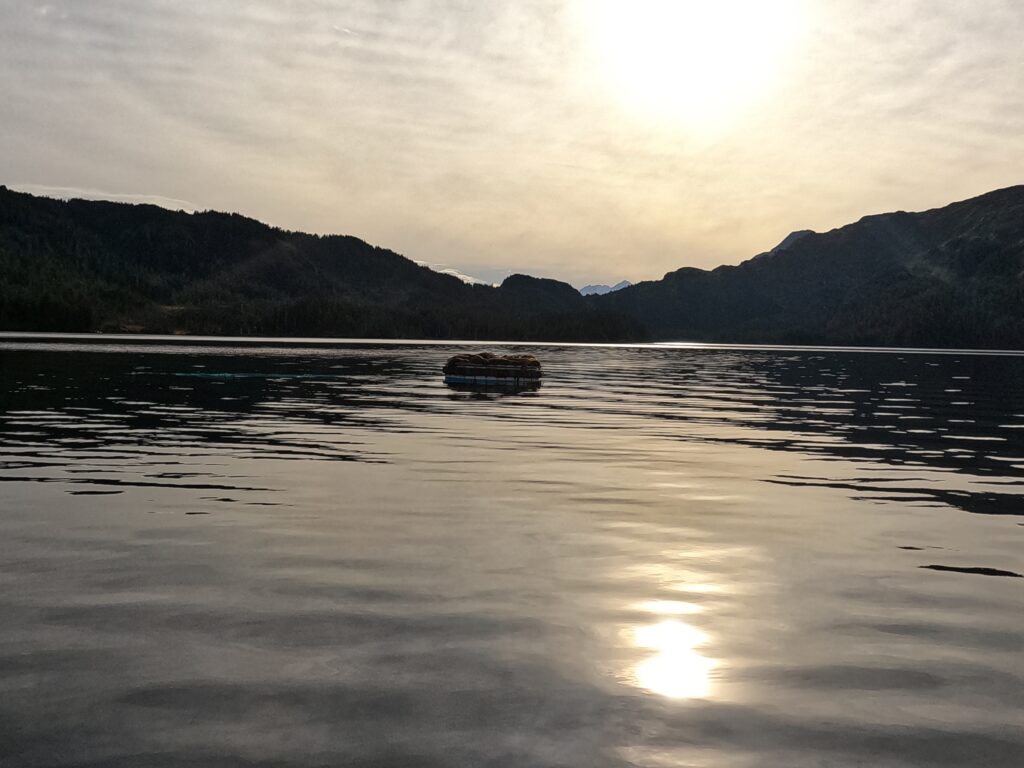
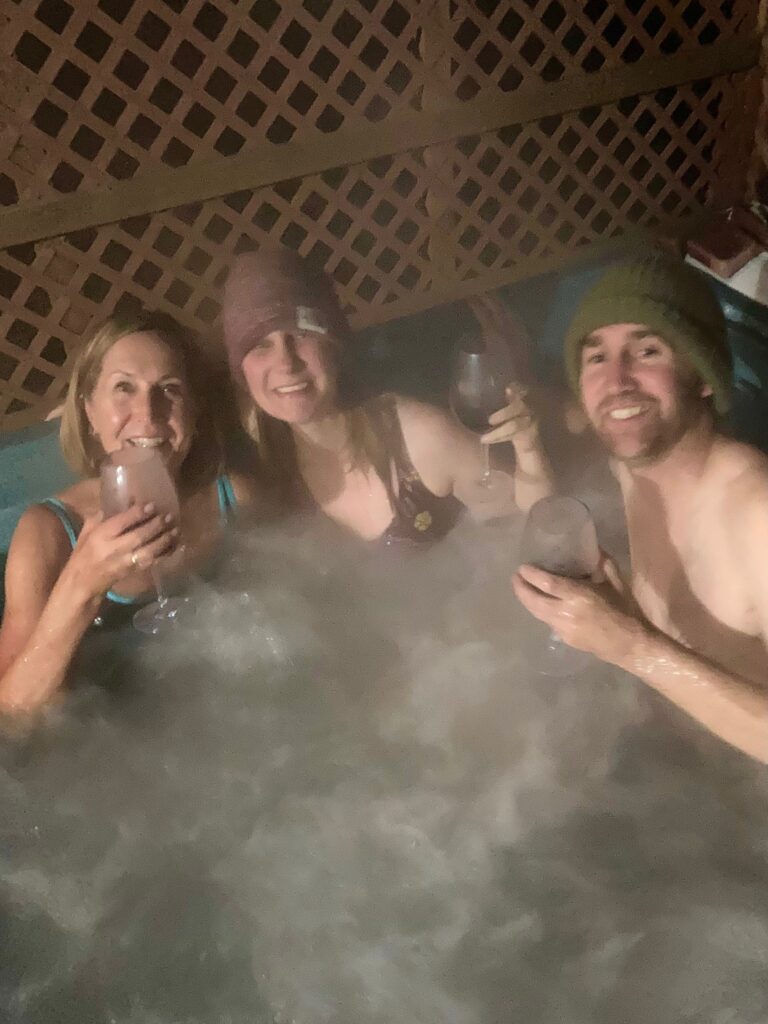
Following our getaway to the southern region, we headed north to our home, where we resumed our typical visitor activities of exploring Denali, hiking and playing games!
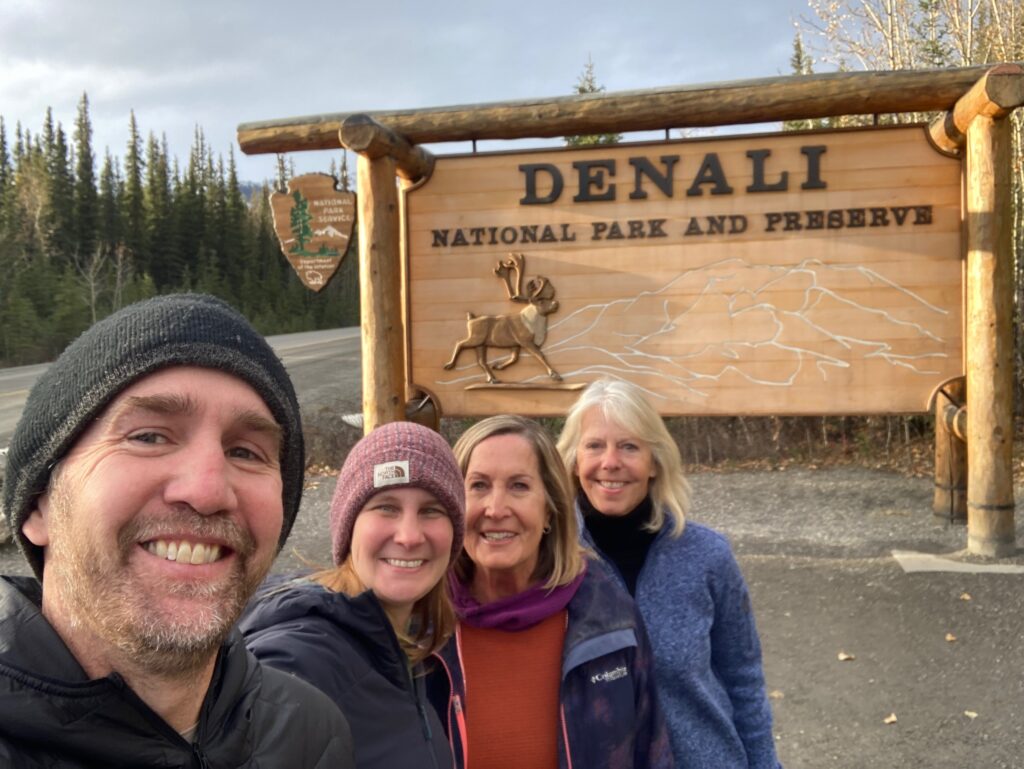
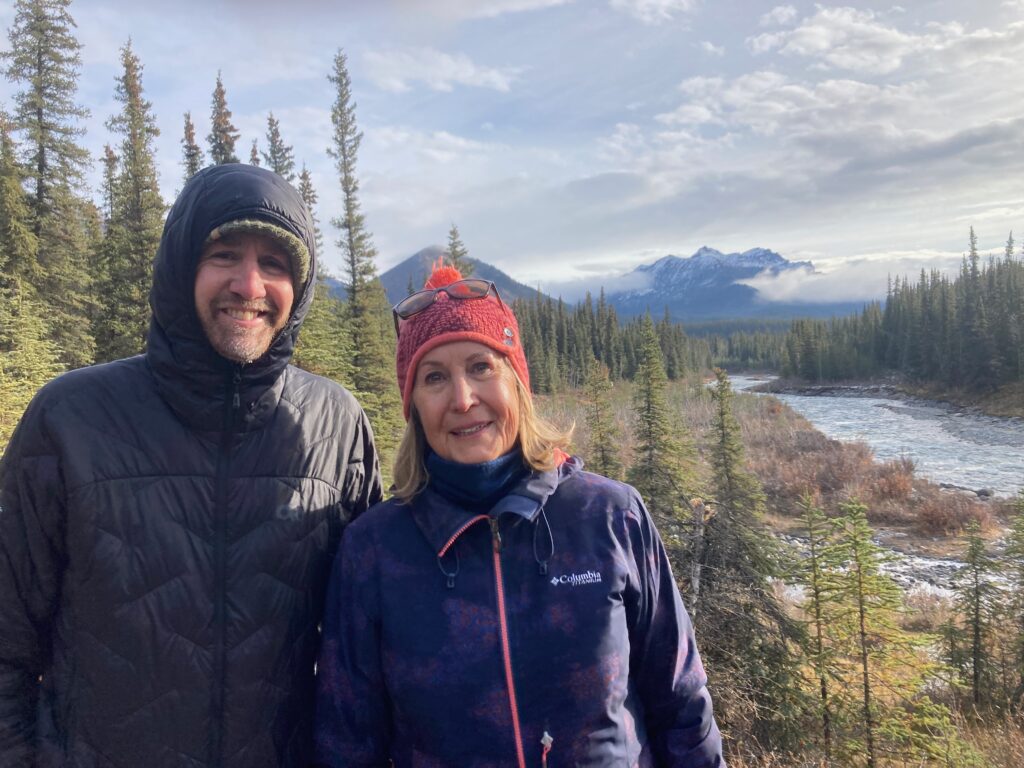
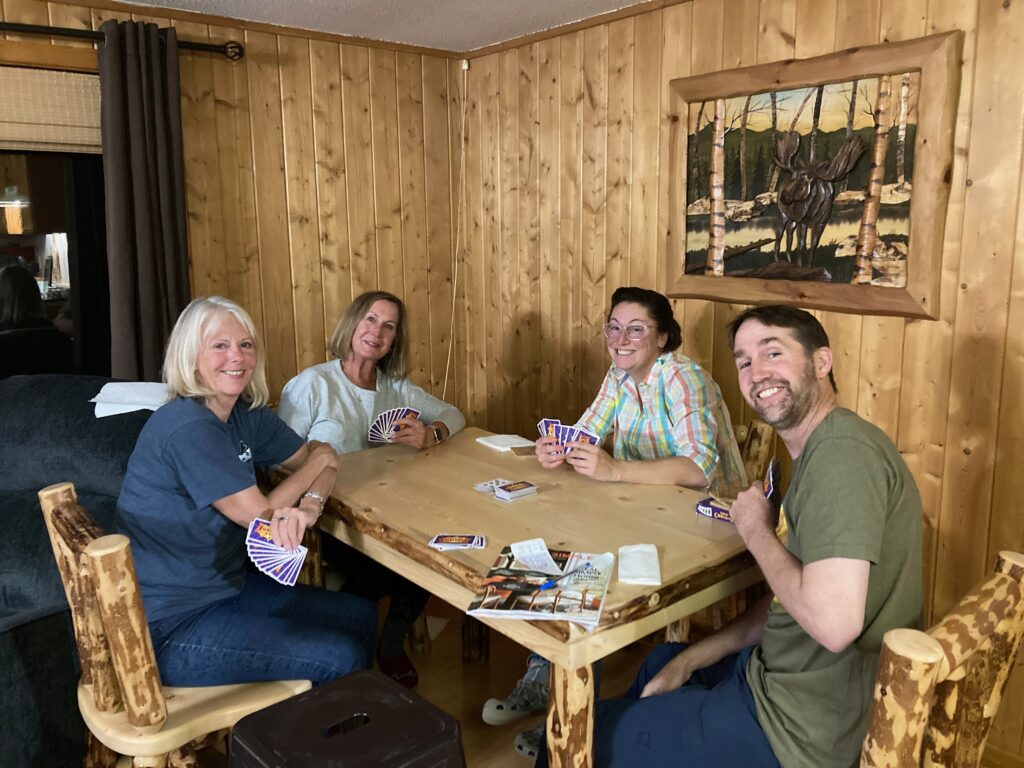







What a trip! Patrice put together a fun itinerary. We saw beluga whales, two bald eagles, four black bears, countless sea lions, Dall sheep and otters. No moose! The icing on the cake was celebrating Justin’s birthday in person. Thank you Patrice and Justin!
Where was the hot tub!? Looks like a great visit! You are becoming professional hosts.